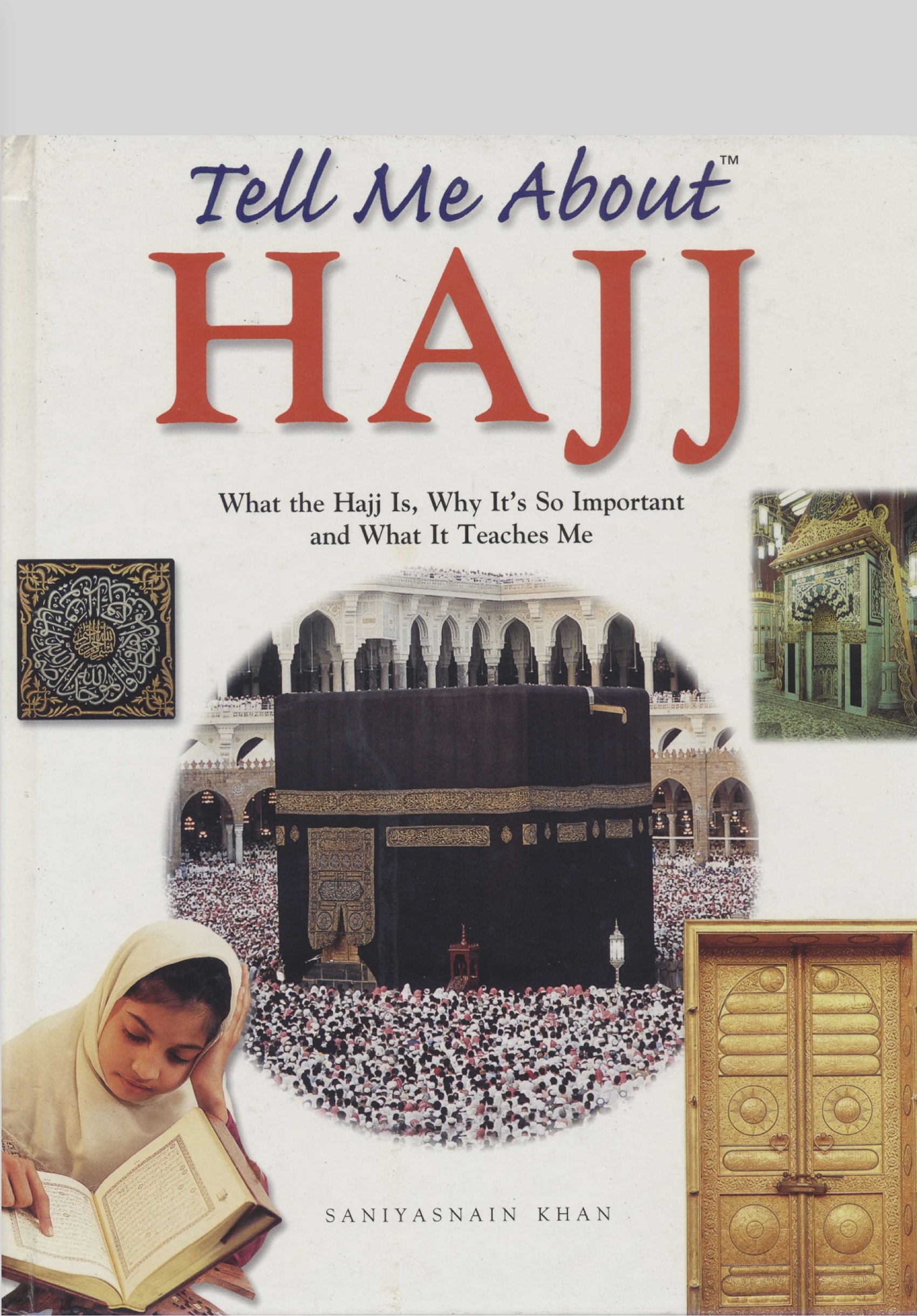TELL ME ABOUT HAJJ
The document “Tell Me About Hajj” by Saniyasnain Khan provides a comprehensive guide to the Islamic pilgrimage, Hajj. It explains its historical and spiritual significance, details the rites and rituals involved, and highlights the importance of this journey in Islam.
Key Points from the Document:
1. Historical Background:
• Hajj originates from events over 4,000 years ago, when Prophet Abraham (Ibrahim) was commanded by Allah to leave his wife, Hagar, and son, Ishmael, in the barren lands of Arabia.
• The story includes the miracle of the Zamzam well, Abraham’s willingness to sacrifice Ishmael, and the eventual building of the Kaaba.
• Abraham was instructed to call people to Hajj, a tradition continued by millions of Muslims today.
2. Steps of Hajj:
• Ihram: Pilgrims wear simple white garments to symbolize purity and equality.
• Tawaf: Circling the Kaaba seven times to signify devotion to Allah.
• Sa’i: Walking between the hills of Safa and Marwa, in remembrance of Hagar’s search for water.
• Arafat: The most significant part of Hajj, where pilgrims gather in prayer and reflection.
• Muzdalifah & Mina: Collecting and throwing pebbles at Jamarat, symbolizing the rejection of Satan.
• Sacrifice (Qurbani): Commemorating Abraham’s willingness to sacrifice his son.
• Final Tawaf: Completing Hajj by circling the Kaaba once more.
3. Spiritual and Social Significance:
• Hajj unites Muslims from around the world, reinforcing faith, humility, and equality.
• It is a journey of self-purification, repentance, and devotion to God.
• The Farewell Sermon of Prophet Muhammad emphasized unity, justice, and devotion.
4. Visit to Medina:
• Many pilgrims visit the Prophet’s Mosque in Medina after Hajj.
• This is not an obligatory part of Hajj but holds immense spiritual value.
5. Glossary & Route Map:
• The document includes explanations of key terms related to Hajj and maps outlining the pilgrimage route.
Conclusion:
Hajj is not just a physical journey but a deeply spiritual one, symbolizing sacrifice, unity, and submission to Allah. It is one of the five pillars of Islam and a once-in-a-lifetime obligation for those who are physically and financially able.
